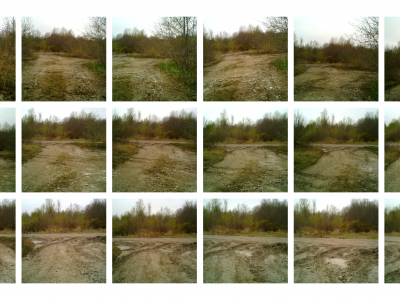hyperspectral

Hyperspectral images are represented by numerous
narrow wavelength bands in the visible and near-infrared parts
of the electromagnetic spectrum. As hyperspectral imagery gains
traction for general computer vision tasks, there is an increased
need for large and comprehensive datasets for use as training
data.
Recent advancements in sensor technology allow us to capture
hyperspectral data cubes at higher spatial and temporal reso-
lution. However, there are few publicly available multi-purpose
- Categories:
 94 Views
94 Views
Indian Pines
This scene was gathered by AVIRIS sensor over the Indian Pines test site in North-western Indiana and consists of 145\times145 pixels and 224 spectral reflectance bands in the wavelength range 0.4–2.5 10^(-6) meters. This scene is a subset of a larger one.
Salinas
This scene was collected by the 224-band AVIRIS sensor over Salinas Valley, California, and is characterized by high spatial resolution (3.7-meter pixels). The area covered comprises 512 lines by 217 samples.
- Categories:
 186 Views
186 ViewsThis is the largest database of hyperspectral face images containing hyperspectral image cubes of 78 subjects imaged in multiple sessions. The data was captured with the CRI's VariSpec LCTF (Liquid Crystal Tunable Filter) integrated with a Photon Focus machine vision camera. There are 33 spectral bands comering the 400 - 720nm range with a 10nm step. The noise level in the dataset is relatively lower because we adapted the camera exposure time to the transmittance of the filter illumination intensity as well as CCD sensitivity in each band.
- Categories:
 556 Views
556 Views
The data relates to a study to captured deciduous broadleaf Bidirectional Scattering Distribution Functions (BSDFs) from the visible through shortwave-infrared (SWIR) spectral regions (350-2500 nm) and accurately modeled the BSDF for extension to any illumination angle, viewing zenith, or azimuthal angle. Measurements were made from three species of large trees, Norway maple (Acer platanoides), American sweetgum (Liquidambar styraciflua), and northern red oak (Quercus rubra).
- Categories:
 518 Views
518 Views
